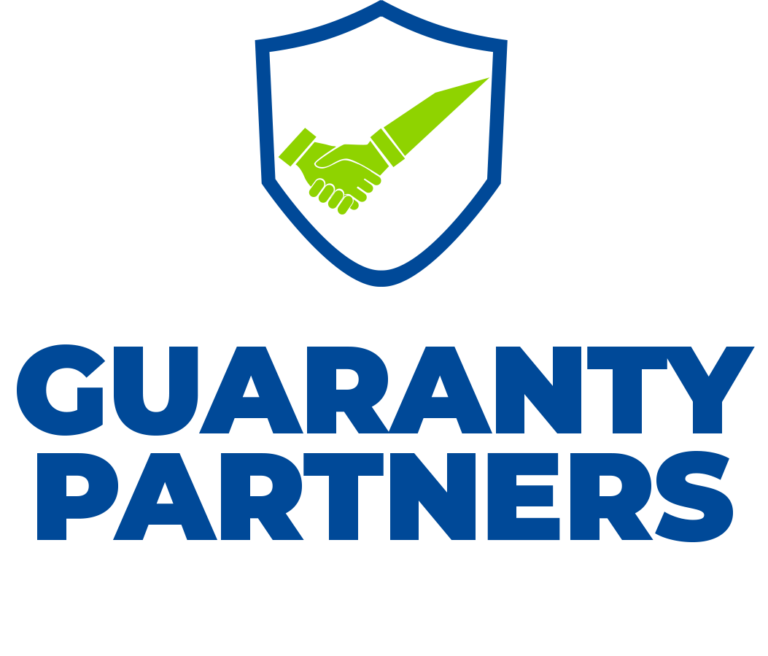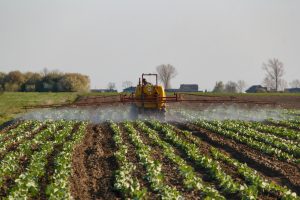Workplace Health and Safety Training Course
Course Fee:
Upon completing this Workplace Health and Safety Training Course successfully, participants will be able to:
• Define work health and safety
• Justify why health and safety is important in the workplace
• Explain the potential consequences of breaching work health and safety laws
• Define the roles and responsibilities in managing workplace health and safety
• Clarify how to identify hazards and determine the risks that they pose
• Explain how to apply measures to control risks
• Describe what an accident is and identify the direct and indirect causes of accidents
• Outline the roles and responsibilities in emergency management
• Plan how to prepare for an emergency
• Understand how fires can start and how they can be averted
• Recognise how to avoid injuries from manual tasks
Course Content
INTRODUCTION TO HEALTH AND SAFETY
• What is health & safety?
• Health and safety at your workplace
• A note about your workspace
• Introduction to health and safety at work
• Risk assessments
REPORTING OF INJURIES, DISEASES AND DANGEROUS OCCURRENCES REGULATIONS (RIDDOR)
• Accidents, incidents, and injuries
• The RIDDOR framework
• Accident book
• Health and safety made simple – the basics for your business
• The health and safety toolbox
• Who should report?
o An employer or in control of premises
o Self-employed
o A member of the public, employee, injured person, or a representative
o Gas suppliers
o Gas engineers
o Working offshore
o The responsible person
• What must be reported?
o Deaths and injuries caused by workplace accidents
o Occupational diseases
o Carcinogens, mutagens, and biological agents
o Specified injuries to workers
o Dangerous occurrences
o Gas incidents
o Reportable incidents
FIRST AID
• First aid kit
• Does my first aid kit stand up to the test?
• Wounds
• Heart
• Fractures
• Burns
• Poisoning
• Haemorrhages
• Injuries
• Shock
FIRE SAFETY
• Fire safety
• What are the elements of fire?
• Fuel (Combustible Substance)
• Oxygen
• Heat
• Chain chemical reaction
• How fire spreads?
• Fire protection
• Control of Substances Hazardous to Health (COSHH)
• COSHH Additional information
• Fire terminology
• Classification of fires
• Types of fire extinguishers
• Extinguishing the fire
• Usage of fire extinguishers
• Employees’ responsibilities
• Actions in the event of a fire
FIRE RISK ASSESSMENT
• Fire risk assessment
• Risks and precautions
• Recording the findings
• Emergency Evacuation Procedures
• The importance of reviews
MANUAL & LONE WORKING
• Manual handling
• Lone working
• Managing clinical waste
• Keeping safe when working alone
• Work Equipment Regulations 1998
INDUSTRIAL HYGIENE
• Hazards in the workplace
• Entry points for toxic agents
• Airborne contaminants
• Asbestos hazards
• Hazard recognition, evaluation, and control
STRESS AND SAFETY
• Workplace stress defined
• Sources of workplace stress
• Human reaction to workplace stress
• Measurement of workplace stress
• Shift work, stress, and safety
• Improving safety by reducing stress
• Stress in safety managers
• Stress and workers compensation
Methodology
The training methodology integrates lectures, interactive discussions, collaborative group exercises, and illustrative examples. Participants will acquire a blend of theoretical insights and hands-on practical experience, emphasizing the application of learned techniques. This approach ensures that attendees return to their professional environments equipped with both the competence and self-assurance to effectively implement the acquired skills in their responsibilities.
DATE:
1ST BATCH: 7th – 10th Apr, 2026
2ND BATCH: 28th – 31st Jul, 2026
3RD BATCH: 24th – 27th Nov, 2026
Course Category
- Human Resource and Admin
- Finance and Accounting
- Internal Audit and Fraud Control
- Stores, Procurement and Supply Chain
- Information Technology
- Aviation and Maritime
- Banking, Investment and Insurance
- Business Communication
- Construction Management & Civil Engineering
- Engineering, Instrumentation and Maintenance
- Entrepreneurship and Business
- Hotel & Hospitality Management
- Law and Contract Management
- Management and Leadership
- Project Management
- Public Relations
- Public Sector
- Sales, Marketing & Customer Service
- Secretaries & Personal Assistants
- Transport & Logistics
- Security and Safety
More Courses
VENUE
25, Queen street, Alagomeji Bus Stop, Yaba, Lagos










